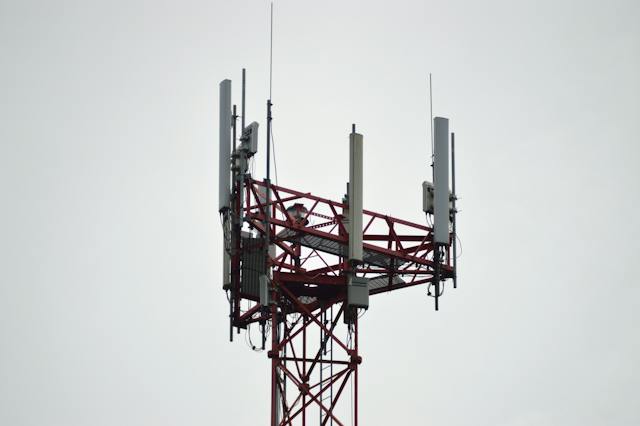Before the advent of 3G and the more modern technologies like 5G, GSM communications was the backbone of voice and text messaging all over the world. The Global System for Mobile communications, or GSM, revolutionized telecommunications and made mobile communication accessible to a global audience. However, as with any technology, there are always vulnerabilities that can be exploited.
In Australia, telecommunications has always been crucial due to the country’s vast geographical nature. Connecting people across great distances has been a challenge, and GSM played a significant role in bridging that gap. However, as technology advanced, so did the tools and techniques used by hackers and researchers to uncover vulnerabilities in the GSM design.
One such individual is Australian Rob, who possesses a strong interest in cryptography and cellular decoding. Rob realized that GSM’s vulnerabilities needed to be exposed to help enhance the security of this widely-used technology. He dedicated months to conducting research on GSM and exploring its weaknesses.
Security Risks of GSM Communication
In a recently released video, Rob demonstrates the vulnerabilities he discovered in the GSM design. Using powerful tools like Airprobe, gr-gsm, Wireshark, and DragonOS, he effectively cracks GSM in real-time, showcasing the risks associated with this technology. The video serves as a wake-up call for telecommunication companies and authorities to revisit the security measures employed in GSM networks.
The vulnerabilities exposed by Rob are not meant to undermine the significance of GSM but rather to highlight the need for stronger security protocols and constant improvements in the face of ever-evolving technological threats. As we move towards a more interconnected world, it is essential to address these vulnerabilities and safeguard our communications infrastructure.
While the video may cause some concern in terms of the security of GSM networks, it is important to note that the technology has come a long way since its inception. Over the years, GSM has undergone significant enhancements and iterations to improve its security.
Telecommunication companies and regulatory bodies must work hand in hand to address these vulnerabilities, ensuring that the necessary steps are taken to protect users’ data and privacy. This includes implementing encryption techniques, keeping software up to date, and conducting regular security audits.
As we look to the future, with the deployment of 5G and other advanced technologies, it is crucial to learn from the vulnerabilities exposed in GSM. These lessons should guide us in developing robust and secure communication networks that can withstand the ever-evolving threats in today’s digital landscape.
In conclusion, while GSM has served as the cornerstone of mobile communication for years, it is not immune to vulnerabilities. The video released by Australian Rob sheds light on the weaknesses in GSM’s design, urging us to take proactive measures to enhance its security. With the collaboration of telecommunication companies, regulatory bodies, and researchers, we can pave the way for a safer and more secure communication infrastructure.
